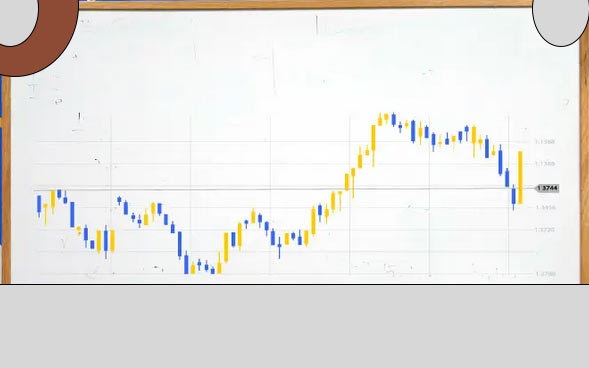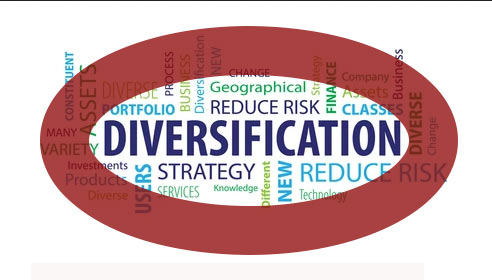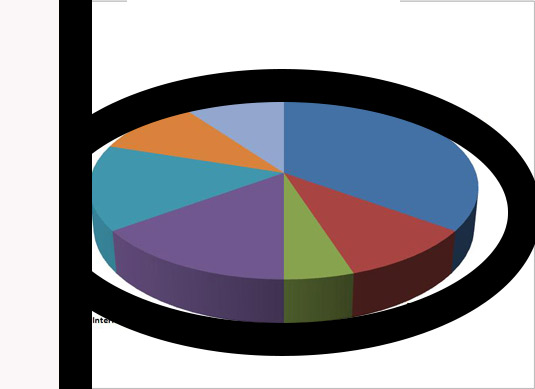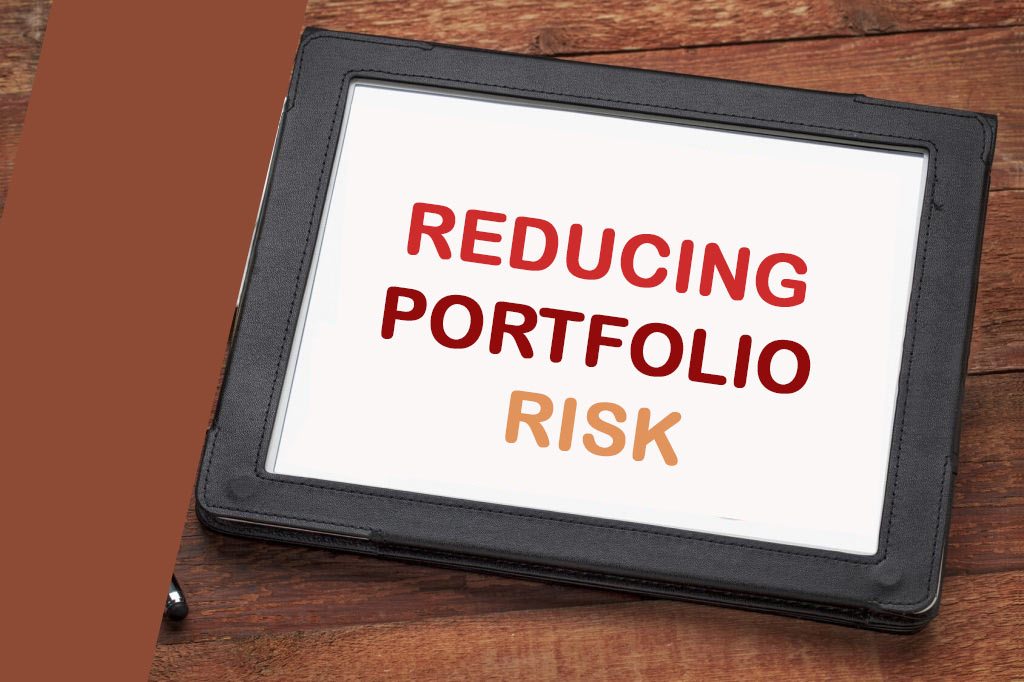Investing with properly-management investment can help you to earn substantial capital to build wealth and secure your financial future.
While trying to maximize your investment returns, keep in mind that investments of all classes have underlying risks involved. So an important part of your investment portfolio should be to reduce such risks.
While it is impossible to eliminate the risks involved in your investment portfolios, you can still adopt some strategies to minimize them.
So, in this article, you will find great strategies that you can implement to minimize the risks involved in your investment portfolios.
Now, let’s begin with the list.

Table of Contents
How to Reduce Portfolio Risk
1. Adequate Liquidity in Your Investment Portfolio
Risk-averse in your investment portfolio can be staggering during market price downtrends. To reduce this risk, you need to maintain sufficient liquidity in your portfolio.
Injecting enough liquidity assets into your investment portfolio makes your current investments yield long-term investment returns and withstand market volatility of frequent market corrections.
Maintaining adequate liquidity in your portfolio would require you to earmark certain funds to cover up expenses for a year. Also, consider spreading the capital into several other entities such as low-risk investment options and your banking savings account. This would provide you with the option to have easy accessibility.
2. Understand Your Risk Tolerance
Understanding your risk tolerance revolves around your capacity to incur the risk of losing your investment capital. Risk tolerance ability can also be determined by several factors such as financial capacity and age. The age factor indicates that the younger an individual investor is the more risk-tolerant he is than the older individual.
However, a younger individual investor investing early on can start his investment career with a huge equity investment portfolio that will be centered around building massive wealth.
If you are approaching retirement, the risk tolerance strategy might not be a good fit for you because you will need to focus on preserving your wealth. With your understanding of risk tolerance, you should embrace the means to manage risk in your investment portfolio by figuring out the best risk returns with a greater value.
3. Asset Allocation Strategy Implementation
An Asset Allocation can help you to determine the type of asset classes of investment to invest in by ensuring your investment portfolio delivers good returns that bear minimal risk. In some cases, equity as a strategy can be used to determine a key asset class.
It is also a good choice to make a correlating inverse investment option across various key asset classes such as Equity, Gold, and Debt. The correlation with each other will indicate the performing and non-performing assets.
To determine the asset classes an investor can invest in, certain criteria such as risk tolerance, age, and investment knowledge level can play a big role. This will deliver huge returns on your portfolio and the risk reduced to a bare minimum.
4. Diversifying Investments
Your portfolio risk within asset classes can be reduced by diversifying your investments. This also falls within the investment goals of determining your choice of asset classes.
Diversifying your investments can help you in spreading your risk across multiple investment options within particular asset classes.
For instance, your equity investment portfolios can be diversified by spreading them across multiple options within the same asset class.
5. Monitor the Performance of Your Portfolio
When investing, you shouldn’t just invest and forget about your investment. From time to time, you should monitor the performance of your investment portfolios.
As you make those periodic reviews, they shouldn’t be too frequent but occasionally, say, 6 months to 12 months so that you don’t get driven by emotions that let you alter your trading positions that can affect your investments.
Avoiding short-term reviews is a great choice to make as an asset class like Equity tends to be volatile during short-term investment periods.
6. Go With The Market Timing
Market time is an essential aspect of investing as this lets you be well-armed with the right insight to generate wealth in the long run.
Market timing also lets you fully maximize your time in the market by following the trends to stay invested for the long term. This will help to minimize risks of any sort in your portfolio.
Long-term investment to create wealth requires a lot of patience and discipline while investing. So you should endeavor to create a long-term plan with the discipline of investing to seize yielding opportunities that come your way in the course of your investment.

READ ALSO: The Strategic Ways To Reduce Portfolio Risk When Investing
Some of the Best Strategies to Reduce Portfolio Risk
Here are the strategies to reduce portfolio risk:
Portfolio Protection Against Volatility
As a rule of thumb, Investors need to be aware of portfolio risks and ways to them against stock market volatility. Investors should manage portfolio risks by adjusting to the market when its volatility begins.
Utilizing Equity Hedged Funds Method
Hedged funds are exclusive designed mutual funds to reduce the volatility effects that will occur on the returns of investment. These funds can also help to minimize losing equity positions of portfolios.
Such funds which are managed with stock holdings on minimum bare risk will yield an appreciation of capital within the cycles of changing stock market. Hedged Equity Fund is great for a position for funds with high-quality stocks that deliver high dividends.

Timing Adjustment
Timing is an essential aspect when it comes to managing or reducing the risks of portfolios. This will help out in not making big losses even though some returns are missed out.
The timing downside can occur if the risk is not well managed and can have a severe impact on the individuals who are approaching their retirement age. So the biggest investment threats to those individual investors are interest rates because almost everything in the economy gets affected.
So if investors are concerned about the downside of changing rates, they should position their equity above the average level.
Diversifying Against Unstable Movements
Investors can experience a negative impact with uncertainties such as an increase in tariffs and inflation. Market downtrend reactions can always be triggered by unforeseen circumstances. Changes in market movement or yield curve can help to indicate interest rate risk.
Diversifying your investment assets like equity, bonds, and stocks for managing risks can help you with the stability of your investment portfolios in times of volatility.
Investors can choose to diversify some investment assets soft-laden investments and the rest in other forms of investment instead of leaving everything in a basket that possesses a higher degree of risks.

Try Out Other Forms of Investments
As a measure of adequate risks management, investors can look into alternative investment assets that are not conventional.
Other investment vehicle alternatives that are great for principal protection fit hedge funds as well as partner funds from private limited bodies.
Certain alternative investment options are designed to withstand volatility for downside protection. This can get investors more protection from the risks of interest rates and investments.
Detach Yourself from Emotions
Managing portfolio risks is not all about diversifying your portfolio but building the portfolio into other portfolio sequential ways such as proper risk analysis and implementing other strategies like investing in alternative investments.
This investment pattern can help you to do away with emotions when making important decisions in times of high volatility. As an investor, your trading plans can work out smoothly if you don’t get driven by the emotional instability that arises from stock market-changing movements.
Embrace Liquidity Investment Forms
Marketing timing should be an important part of your plan because some investments are vulnerable in changing times of the stock market.
As investors, having liquidity in place, let them liquidate their investments with possible buy-off in times of downtrends.
In a situation like this, dividend-yielding stocks are a good fit because they tend to rebound quickly with good trades even in times of lowering interest rates.
Holding stocks like this from blue-chip companies, with sustainable cash flow, capable of growing earnings for a long period can insulate against volatility in times of market downside.
These stocks are low-risk asset classes that will sustain liquidity during the downside of markets movement.

Reducing Portfolio Risk FAQ
Frequently Asked Questions on How to Reduce Risk in Your Investment Portfolio
What are the pros and cons of portfolio?
The pros and cons of portfolio management:
Pros
The pros of a portfolio lead to the speedy completion of projects for processes of standard levels with less spent time on overall projects and relevant tasks.
Cons
The cons of portfolio bring about the allocation of resources that small businesses may not have within their disposition.
What are the challenges that portfolio assessment experiences?
Portfolio assessment faces the challenges of resistance, portfolio evaluation difficulties, and evidence assessment. Such challenges were also encountered in the professional process of educational initiative of assessing their development modules.
What is the main goal of portfolio?
The main goal of a portfolio is reducing risk and maximizing returns on investment. You can build and grow wealth when managing your portfolio effectively. Your investment portfolio can be used to plan for future goals such as your children’s education and retirement purposes.
What are the characteristics of portfolio?
The main characteristics of a portfolio:
- Risk efficient
- Easy to manage
- Risk-averse. You should be able to minimize the risk in your portfolio that you can incur.
- The efficiency of cost. Cost efficiency is a very important role to achieve in the objectives of a good portfolio.
How do you evaluate a portfolio?
The ways to evaluate good portfolio management:
- Goals assessment
- Checking the investment Fees
- Risk-averse
- Allocation of Your Portfolio
- Tracking Portfolio’s Performance from each investment’s returns and comparing it to other investment schemes from the same asset classes.
Key Take Away In Reducing Risks In Your Investment Portfolios
Every investment comes with some degree of risks and there is no guarantee that the investment portfolio you make can deliver returns. But one key takeaway here is to ensure you implement the insights stated above to help you measure a process to reduce risk, deliver good returns on your investment, and ultimately achieve your financial objectives in building your wealth.
You can comment below to have your opinion about how to reduce risk in investment portfolio.
Share


